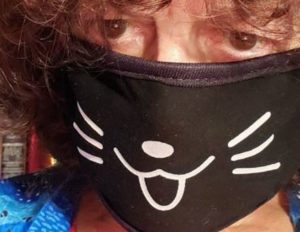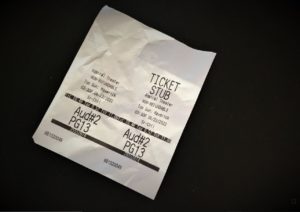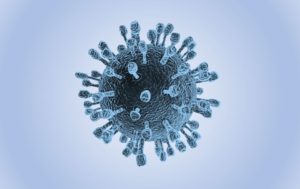“Social distancing” doesn’t accurately capture our lives today. The term describes the public-health practice that protects us from illness and worse. But as a measure of the practice’s impact in real life, it is antiseptic, anemic, a colossal miss.
Social? Not at all. Distancing requires anti-social behavior – from tribal creatures. We bear this obligation reluctantly. It’s forced separation.
Worse, we must separate within hailing distance. Banishment to a wilderness, alone, would be easier. We’d ache for interaction but wouldn’t have to deny ourselves contact with friends and colleagues we can plainly see. We’re isolated in a crowd.
Distancing has ended gatherings once so commonplace that we little appreciated how they sustained us emotionally. Now we know that movie theaters, ballgames, dining out, church, sidewalk conversations and more provided much of the sensory texture in a day or week. It’s as if our lives now are everywhere and always beige.
Perhaps worst is being alone. Separation once brought temporary respite from human contact. Our months-long crescendo has left us parched for contact. And lonely. Even among the planet’s 7.8 billion souls.








